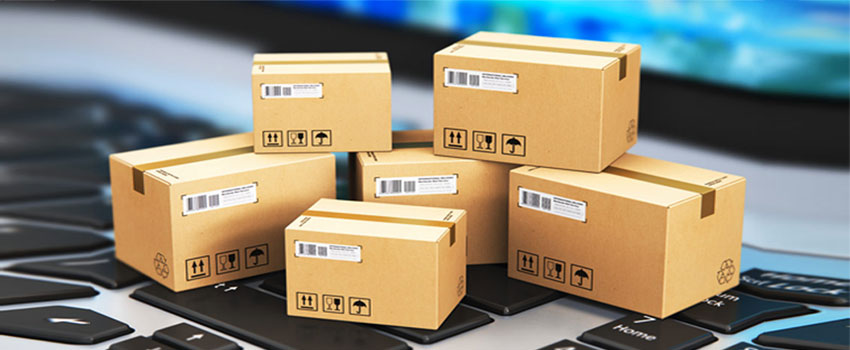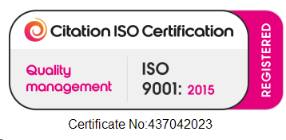Coronavirus, or COVID-19, has swept across the globe with devastating results. As efforts are taken to undertake and contain its spread, the world’s population has to regulate to new restrictions around movement and social interaction. the consequences of this can be being felt everywhere including within the world of packaging. Here are a number of the largest ways the arena is being impacted to date.
Playing A Necessary Role
It’s easy to think about packaging as being unimportant during now, but actually it’s an important role to play. With demand for food, medicine and other essential goods at an all-time high, a scarcity of obtainable packaging to pack and ship them in could cause significant interruption within the supply chain. In some places, suppliers of print and packaging raw materials and production facilities are declared as essential businesses as a result. Other countries are campaigning for the identical recognition so as to stay goods moving.
The pressure on packaging manufacturers will only grow. With people increasingly leaving the house just for essential purchases, i.e., groceries or medication, understandably many are turning to ecommerce for his or her retail needs which needs more packaging for shipping.
Virus Transmission Concerns
This rise in delivered goods has also brought with it concerns about inadvertent spread of COVID-19. Consumers are worried about whether the virus can survive packaging and so be carried into homes via deliveries. The consensus from experts is that the possibilities of this happening are slim. Although the virus has been found to be able to survive on the surface of packaging for a few time (apparently 24 hours for cardboard), both the Centres for Disease Control (CDC) and World Health Organization (WHO) say there are no confirmed cases of transmission via packaging and therefore the chance of it happening are low. While overall a desire for goods seems to possess overridden most customers’ worries, it’s a vital example of how perception and misinformation can quickly cause a change in consumer behaviour. during this case, it would be for more protections build into packaging or new virus-resistant materials. The customer concerns have hence already been sparked with respect to the innovation in packaging items for delivery. Chipotle has introduced a brand-new packaging seal that it claims will clearly show if an item has been opened during delivery to reassure customers that their food is untouched and safe to eat. Measures like this are likely to stay around post COVID-19 as a result of increased awareness of the potential for disease transmission.
 Shift From Sustainability To Established Materials
Shift From Sustainability To Established Materials
Sustainability has been one in every of packaging’s biggest trends in recent years. The coronavirus crisis has however seen a refocusing on familiar materials like cardboard, plastic and glass. lots of this is often right down to scale and therefore the must produce plenty of packaging quickly. Most sustainable options are still in their infancy and there isn’t the infrastructure or materials to supply them at the quantities needed. Likewise, the zero-waste movement has also suffered as a result of COVID-19. as an example, many coffee shops stopped accepting reusable cups thanks to the chance of contamination. Zero waste grocery stores even have a less favourable model at once as they require people to bring their own containers and use the identical dispensers.
Meanwhile, in some places coronavirus is getting used as how to bring back in single use plastic bags instead of accept reusable ones. Even retailers like Lush, which incorporates a high percentage of packaging free items, are being scrutinised by customers in terms of how those products are picked and delivered to them. All of this implies that the demand for packaging has swung high again after having been pushed low. However, the explanations behind the sustainability push remain which implies manufacturers and designers shouldn’t abandon their efforts to boost packaging’s impact once this is often over. COVID-19 could be a reminder that the road to sustainability in packaging remains quite long.
Sustainable options are reconsidered
One of the key sector trends in recent years has been the key shift in consumer sentiment in favour of environmentally friendly packaging solutions. While COVID-19 is unlikely to place a halt to the current within the long term, there could also be some impact on the speed of change within the short term. In the UK, for instance, The Department for Environment, Food & Rural Affairs (Defra) has pushed back the ban on plastic straws, stirrers and cotton buds (which was set to return into force later this month) to October 2020.
The foodservice sector has also had to reconsider its approach to using reusable or refillable items that would carry transmission risks. Even before lockdown, some coffee chains had returned to using disposable cups for instance. Retailers’ and customers’ preferences might also shift towards more pre-packaged items, like fruit and vegetables, instead of buying them loose. Such options may speed up restocking, time through the till and be considered by consumers as safer.
Essentially, we may even see the principles that packaging has long served – maintaining the protection, hygiene, and integrity of products – come to the fore during the present crisis. While this could be a brief trend, it does mean that the present consumer demand is probably going to be for more, instead of less packaging.







